Adoption of Refillable Personal Care Products: A Comprehensive Analysis of Market Barriers
Increasing attention to sustainability is being paid by both brands and consumers in the global beauty industry. Packaging plays a central role in this shift, with great emphasis placed on the perceived benefits of refillable products.
While refillable personal care products hold the potential to reduce waste significantly, plastic in particular, their market penetration has been notably slow. The question is why consumer and brand uptake of refillable personal care products has been comparatively limited despite the growing global emphasis on sustainability.
Many potential barriers exist, but there is also significant debate about whether refillable options are genuinely more sustainable or if it's just another form of greenwashing that should be abandoned in favour of other alternatives.
Three Sustainability Paradoxes
Sustainability, a buzzword echoing throughout the personal care industry, is plagued with paradoxes that make its pursuit challenging for both consumers and brands.
The concept of sustainability is inherently contradictory when you consider that the "cure" for consumerism and throw-away culture is to stop shopping (not increase sales of a new product packaging option).
The Consumer Paradox
Consumers indicate they want more sustainable product options from brands. However, large-scale adoption of these types of products is still lagging. This could be due to various reasons, such as perceived inconvenience, hygiene concerns, or a simple lack of options. This disconnect between consumers' expressed values and their purchasing behaviour forms the core of the consumer paradox.
The Brand Paradox
Next, we have a paradox within the industry itself. Brands are eager to meet the demands for improved sustainability but face the challenge of meeting their customers' shopping preferences and maintaining their brand image.
For some brands, maintaining specific label appeal and unboxing experiences is critical to their business model. The choice here is tricky - go all-in on sustainability, potentially compromising brand appeal, or find a middle ground where sustainability and consumer expectations coexist.
Trying to balance what consumers say they want (sustainability) with what actually drives their purchasing behaviour (brand loyalty, luxury, sensorial experiences, elaborate unboxing) is one of the ways you end up in a situation with greenwashing - brands over-emphasizing the appearance of sustainability improvements that are not actually meaningful.
The Impact Paradox
Lastly, there's the impact paradox - where efforts to improve sustainability seem significant at first glance, but the net effect is negligible.
It's not greenwashing in the sense that the change is meaningful and not being dishonestly overstated, but the impact needs to be bigger to be noticeable due to issues of scale. For instance, a brand might introduce refills that reduce plastic and shipping weight, seemingly a win for the environment. However, the actual reduction in net plastic waste per product is negligible. So, unless sales are in the millions per unit, is the change worth it?
It's crucial to understand these paradoxes as they underpin the challenges consumers and brands face in deciding whether to adopt refillable packaging.
Why Ask These Questions?
Navigating Market Research Challenges
For small, independent brands looking to navigate the sustainable skincare industry, there needs to be more readily available market research data to guide informed decision-making.
Many larger corporations conduct extensive in-house market research but keep the results confidential for competitive reasons. Market research firms also provide insights, but their reports are behind steep paywalls. This leaves smaller brands in a challenging position, grappling with limited access to necessary data.
Addressing the Information Gap
As a brand owner who sells refillable products, my bias favours refillable options. We believe that building sustainability into your business model from day one will allow the future impact to be significant, despite not selling millions of units at the outset.
In asking these questions, the intent is to discover and share valuable insights, thereby aiding the industry's shift toward sustainable practices.
This article shares new information to help understand why brands aren't selling, and consumers aren't buying refillable skincare products. The goal is to provide easy-to-understand data for brands looking to navigate this sustainable market more effectively.
The hope is that this contribution will stimulate a collaborative effort toward a more sustainable future in personal care.
Consumer Experience and Perceptions of Refillable Personal Care Products
A survey was distributed broadly with no limitations on age or gender. Participation was solicited via email list, paid and unpaid social media, and using a survey distribution service. The people who answered demographic questions were female, university-educated, primarily between ages 30-44, and American.
It's important to note that the population surveyed largely included consumers who were sustainably-minded, due to the email lists and social media channels utilized. This selection bias was intentional as we wanted to survey people dedicated to sustainability and find out exactly why they specifically use (or don't use) refillable products.
Overall, 79.3% of respondents rated sustainability as important in their shopping decisions, with 46.7% rating it as extremely important. However, only 23.4% indicated that they currently use refillable skincare products. Serums, lotions, shampoos and other personal care products were <5% and perfumes were <1%. The remainder were mostly makeup (ie. refillable eye shadow palettes).
This confirms there is a disconnect and suggests there are either barriers to adoption or a perception that refills do not improve sustainability.
When asked what the barriers to using skincare refills were, reasons fell into several different categories: doubts about sustainability impact, worries about product issues, cost and availability, and brand loyalty/love of shopping.

When asked what might convince them to start using refillable product options, only 4% indicated that nothing would sway their decision. Of the remainder, 34% wanted lower pricing, 34% wanted clear proof of meaningful environmental impact, and 43% wanted their favourite brand to adopt the practice because switching brands wasn't desirable.
The final portion of the survey looked at consumer perceptions of the different types of skincare refill options and had them rate how sustainable each option was.
The sustainability winner was large containers that could be taken to a refill station or storefront for bulk filling. Participants added that this option could be further improved by having brands stop selling primary packaging altogether (i.e. Take an upcycled mason jar to the filling station). The perceived greenwashing loser was containers you mail back to the brand for processing and refilling.
When considering the environmental impact and greenwashing factor, consumers rated the different types of product refill options as follows:

This also confirms the paradoxes that exist.
Consumers want refillable products, and they perceive the best option as being a large container that gets filled at a storefront. In that case, that is a very different type of product. A $400 face serum would never become available to fill in bulk into a mason jar at your local refill depot - but maybe this infrastructure could someday exist?
Brand Experience and Perceptions of Refillable Personal Care Products
To further answer the question about barriers to adopting skincare refills, a second survey was developed and distributed via social media channels to specific private groups for skincare formulators and entrepreneurs. Our experience with this second survey was unexpected. The survey was accessed 419 times with only 13 responses (4 of which were incomplete). While this is likely partially due to recruitment issues, it reflects hesitancy for brands to relinquish any perceived competitive advantage.
The low response rate renders this portion of the research largely unhelpful, but there were still insights gained.
First, only 1/13 of the brands indicated they already offer product refills. There were 7 that reported varying degrees of interest, but none were actively developing a refill program. Barriers included concerns about logistics/shipping, contamination/preservation, and being unable to afford the materials or meet the minimum order quantities.
Secondly, 100% of the respondents rated large container refills at a storefront or refill station as the most sustainable option, which was consistent with consumer sentiment.
Insights and Solutions
Both consumers and brands feel the most sustainable method of offering product refills is through a program where consumers take their containers to a local refill station.
The challenges with this method are related to infrastructure, distribution, and scale.
Without substantial coordination, this model only works for small, indie brands with a local presence or massive brands with their own stores and distribution network (i.e., the great work being done by The Body Shop).
The issue? Customers are loyal to brands and want options.
Let's imagine this solution for a moment and brainstorm what it could look like:
 A major international retailer that has relationships with multiple brands (we're looking at you, Sephora!!) could develop a "refill bar" system. The universally sized and shaped containers would be designed by the retailer and given to brands to fill at the product manufacturing stage. These large-volume refill containers would be distributed to all storefronts and displayed in the store next to each brand's regularly packaged products. Customers could then refill whatever container they want - a mason jar, primary package, a small vial, large vial - and be charged by the gram.
A major international retailer that has relationships with multiple brands (we're looking at you, Sephora!!) could develop a "refill bar" system. The universally sized and shaped containers would be designed by the retailer and given to brands to fill at the product manufacturing stage. These large-volume refill containers would be distributed to all storefronts and displayed in the store next to each brand's regularly packaged products. Customers could then refill whatever container they want - a mason jar, primary package, a small vial, large vial - and be charged by the gram.
By having a large retail distributor lead the program, brands could choose whether or not to opt-in, they could choose which products to offer, and they wouldn't have to source their own containers. The retailer would be partnering with many brands to offer a universal option to consumers that would still allow shoppers the product variety and luxury level they're looking for.
We just need someone to take the first step!
Conclusions
23.4% of sustainably-focused consumers are using refillable products. However, most of those were refillable makeup such as eye-shadow palettes. Serums, lotions, and other personal care products were <5% and perfumes were <1%. This is despite there being an overwhelming majority who rate sustainability as important for purchasing decisions. Barriers to adoption include: difficulty finding options (especially from brands they're loyal to), concerns about contamination and mess, as well as hesitancy about the actual impact that using refills has.
More research is needed and more options are needed in order for this skincare packaging modality to have the impact we know it can.
Future Questions
These surveys and data are hypothesis generating due to limitations in sample size. In order to fully answer these questions, a larger dataset with stratification and shopper segmentation is planned. Links to the consumer and the brand reports.
Dr. Heather Smith developed her love for skinimalism and clean beauty years ago when she began making home remedies for her newborn's eczema. She is an expert in natural ingredients and active botanicals and has now launched bareLUXE Skincare - a full line of effective oil serums. She dedicates this blog to consumers who are researching ingredients and working to make their beauty ritual more natural and sustainable.
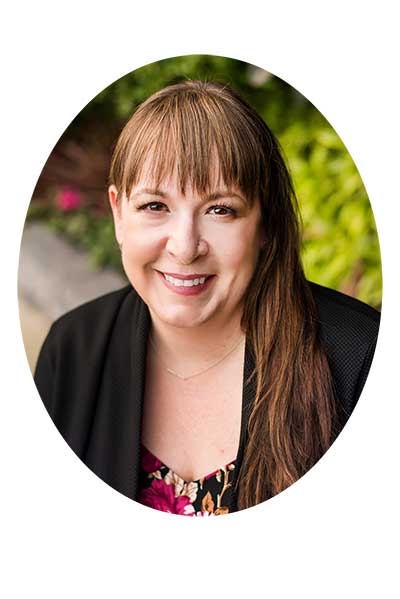
MEDICAL DISCLAIMER
This content is for informational and educational purposes only. It is not intended to provide medical advice or to take the place of such advice or treatment from a personal physician. All readers/viewers of this content are advised to consult their doctors or qualified health professionals regarding specific health questions. Neither Dr. Smith nor the publisher of this content takes responsibility for possible health consequences of any person or persons reading or following the information in this educational content. All viewers of this content should consult their physicians about their skincare concerns and routines.


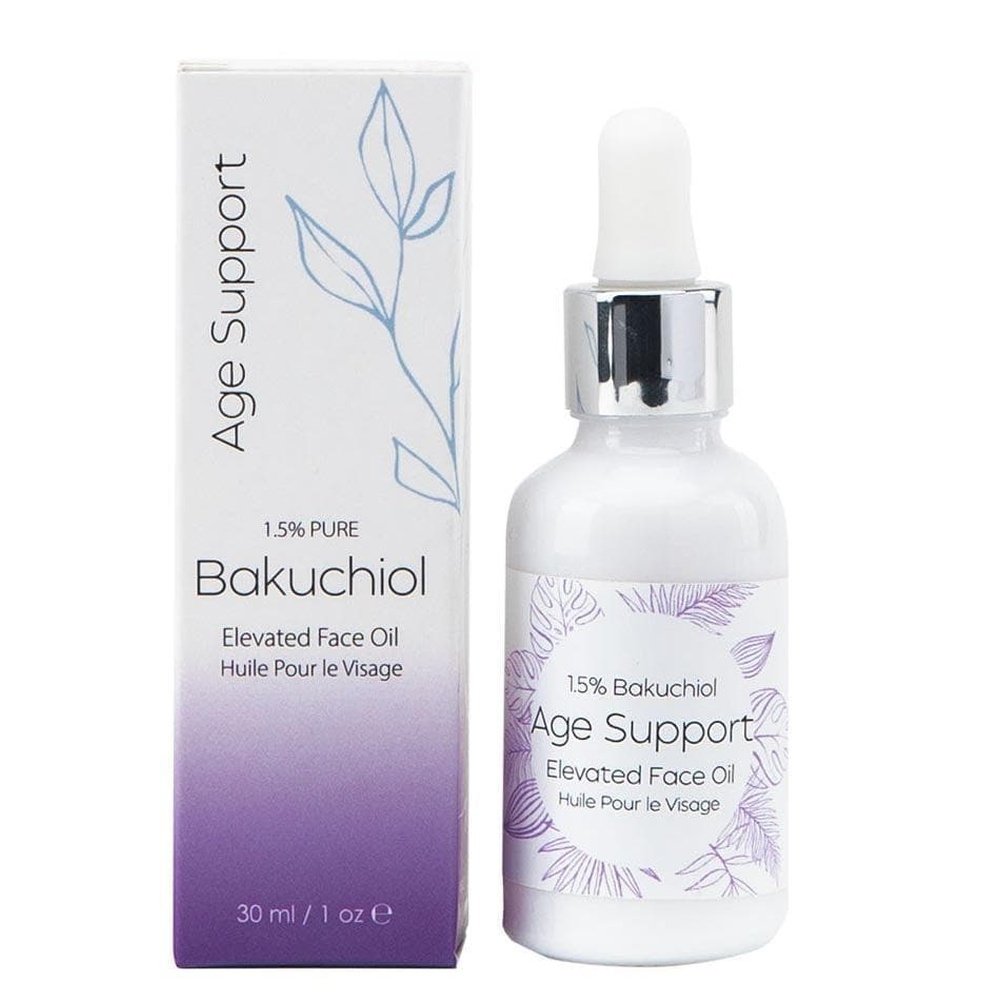
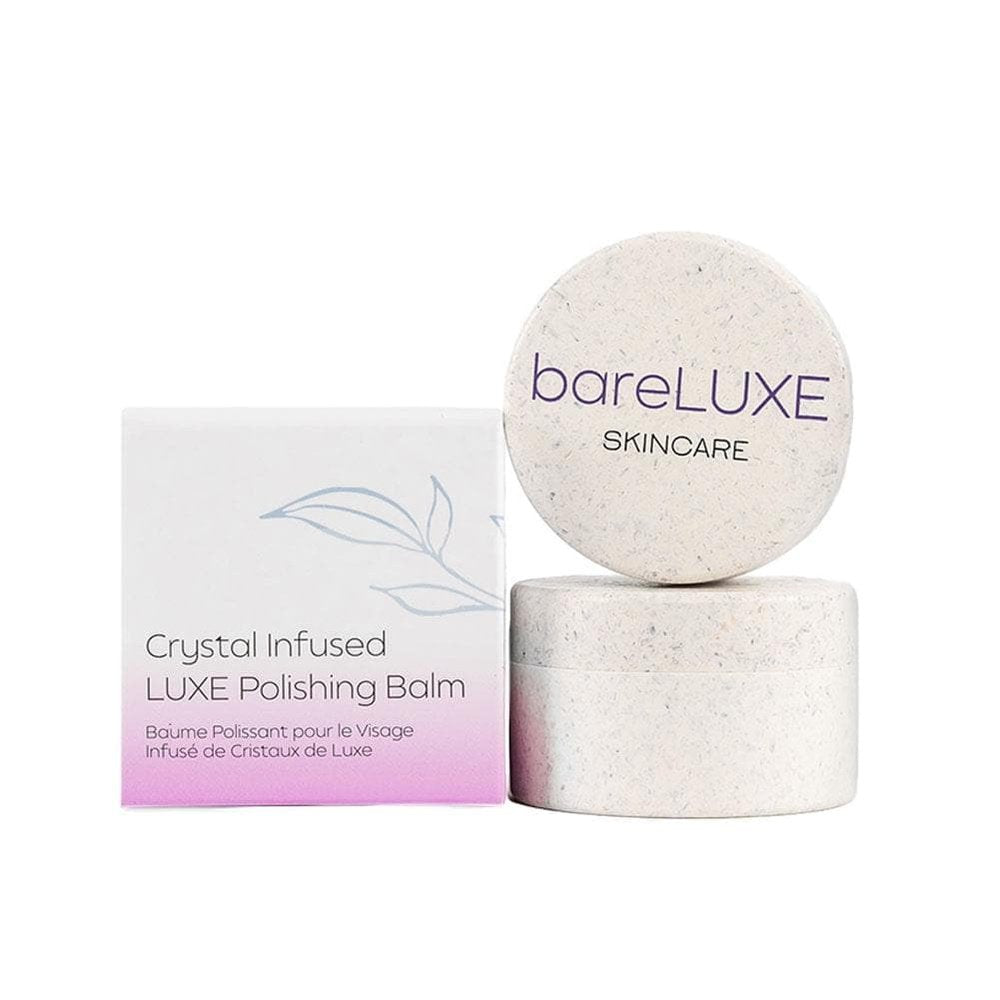
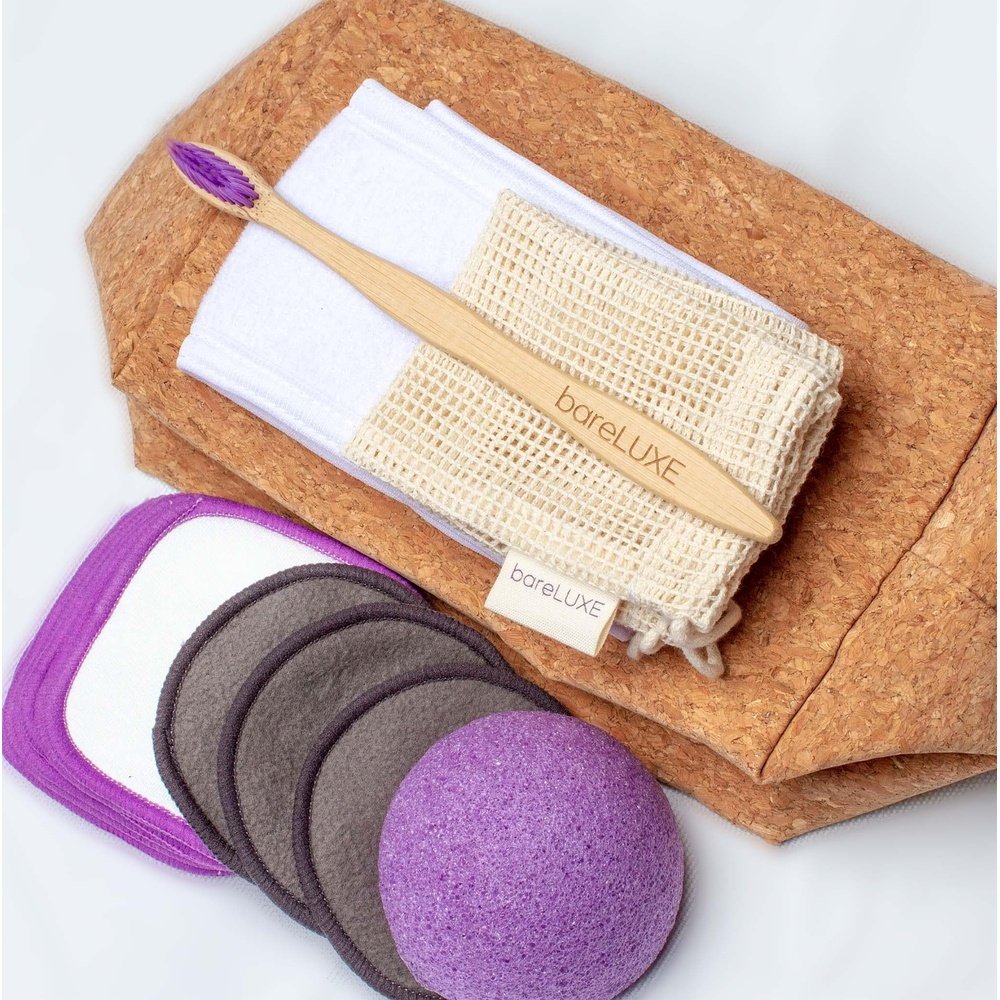
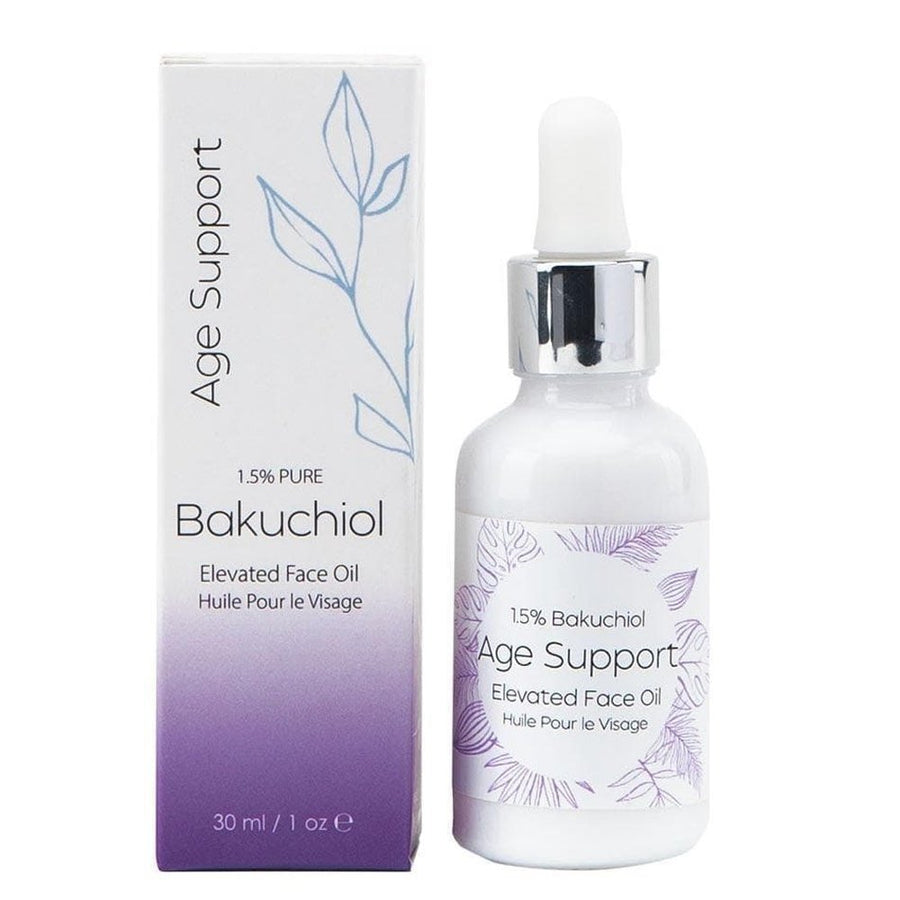
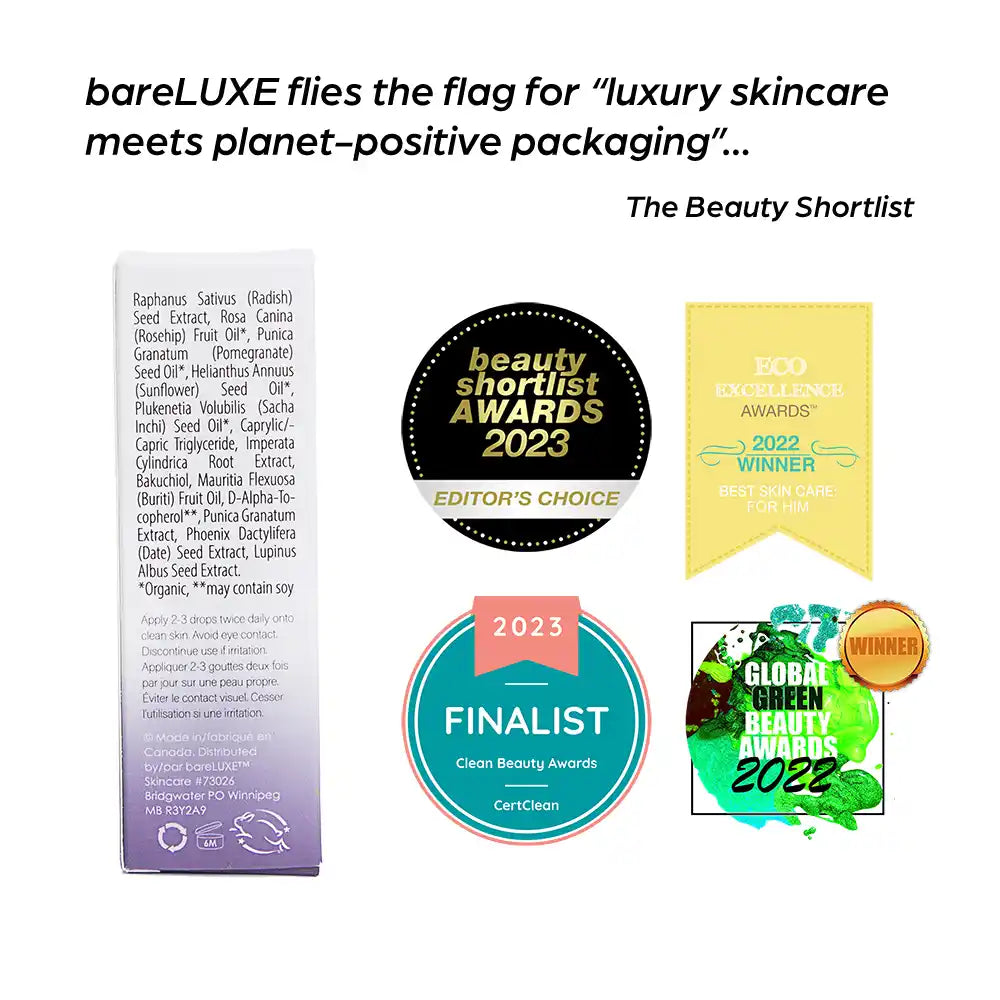
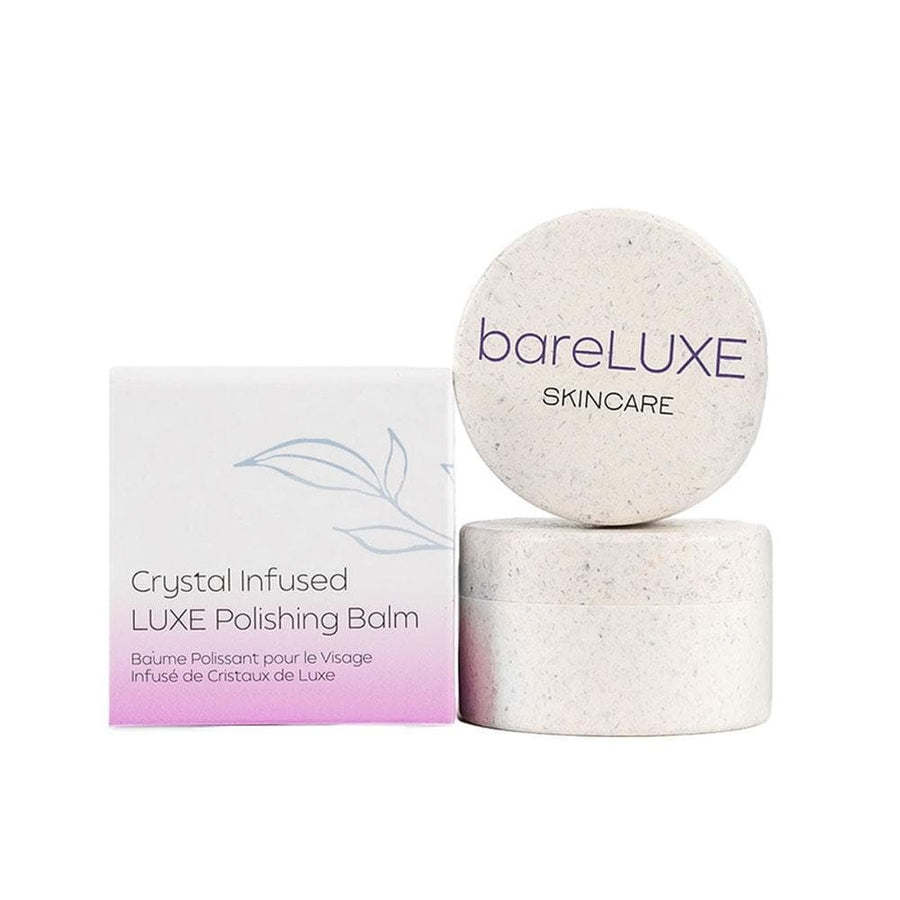
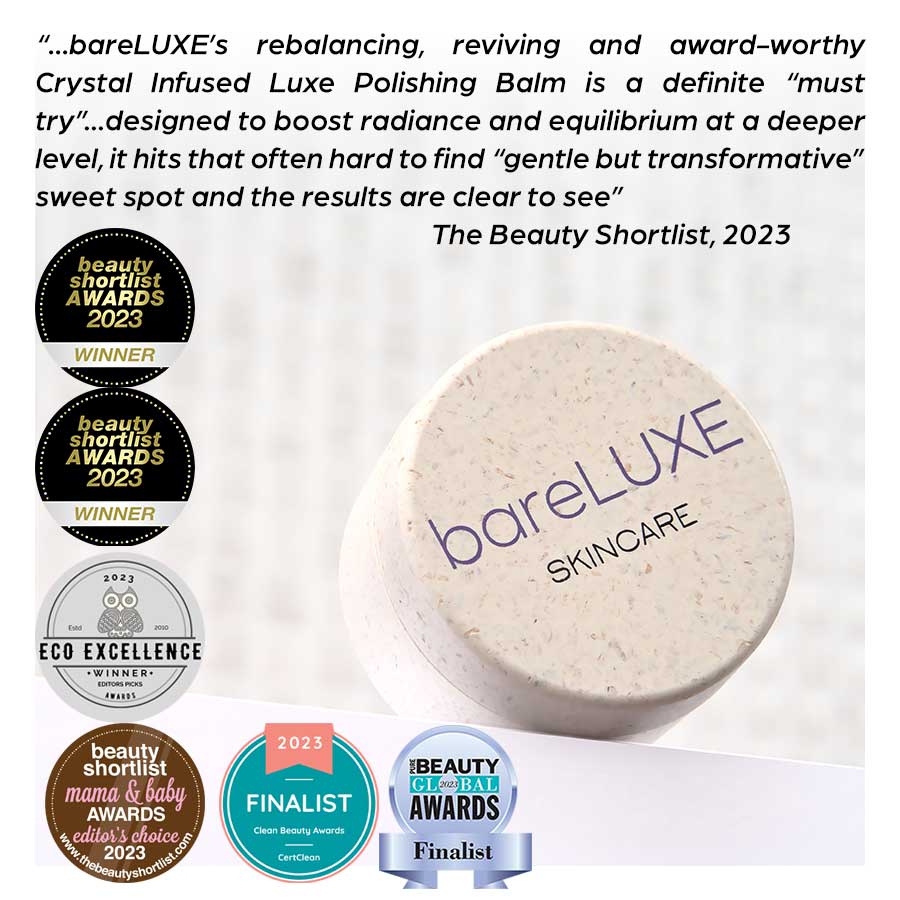
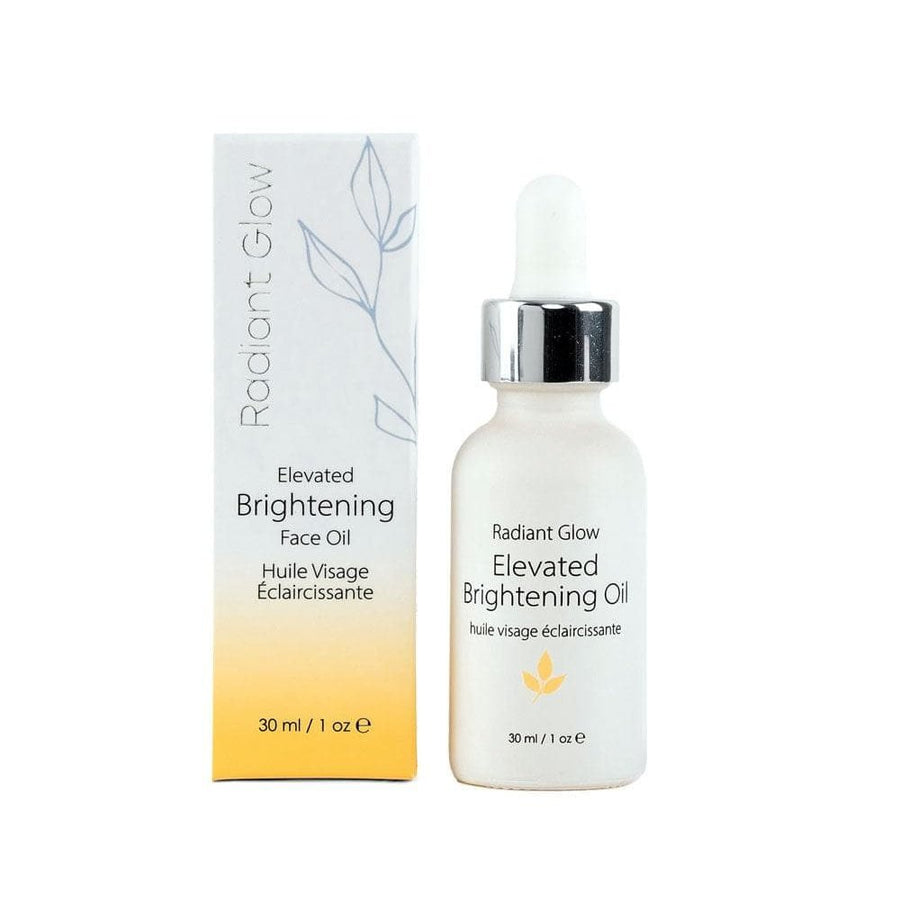
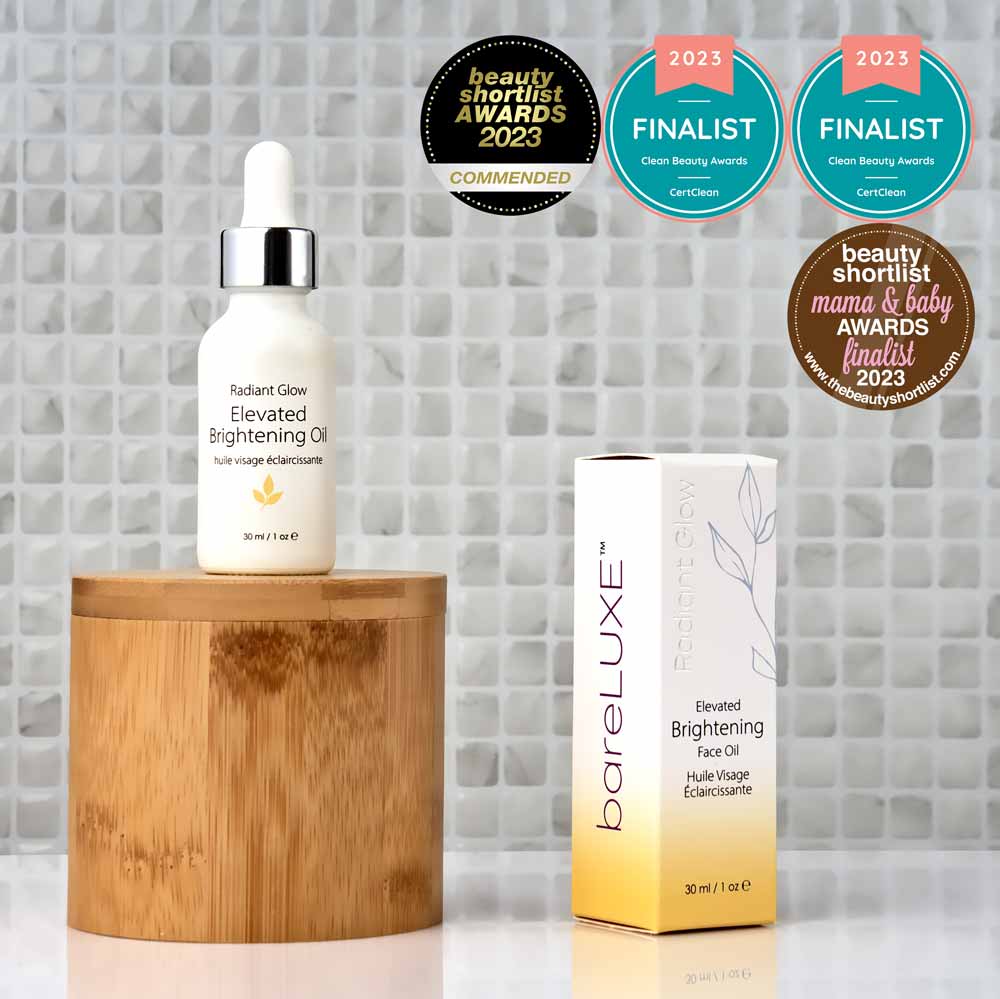
Leave a comment